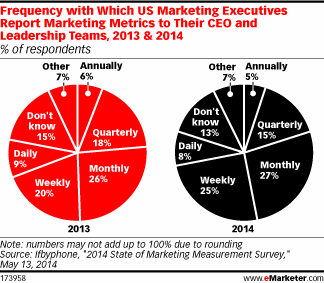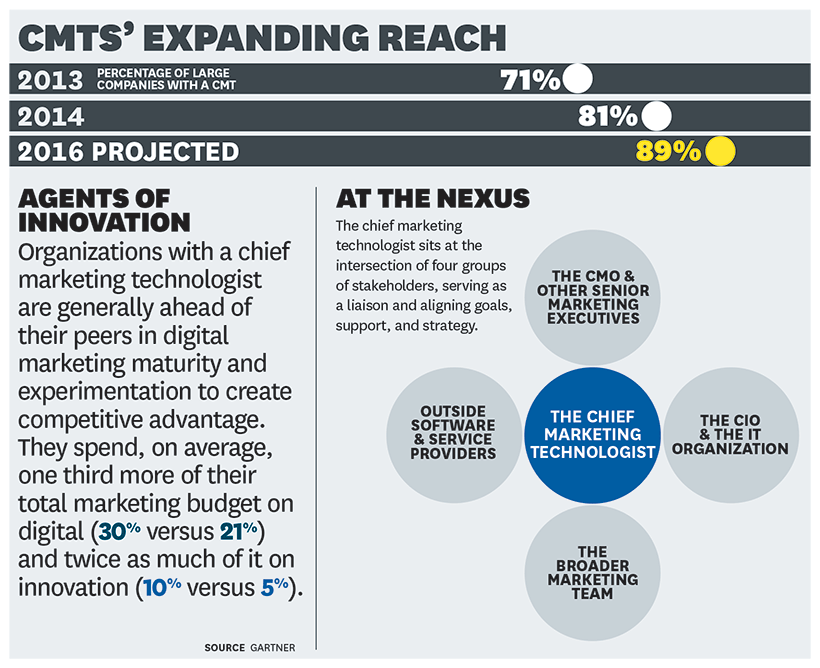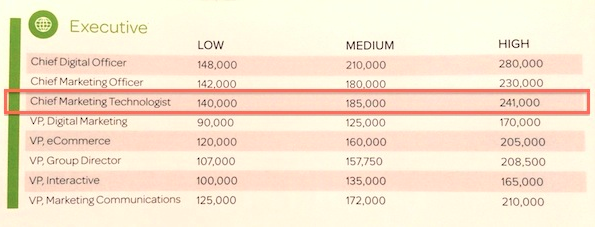Call him a contrarian. Raj Parikh moved from San Francisco to Atlanta to start a consumer technology company. Seems a little crazy. He has his reasons and is blogging about his experience over on From Atlanta With Love. His most recent post ponders whether to stay in Atlanta or move back to SF. While Raj talks about a number of positives for staying put he has three big unanswered questions. Here are the answers from my perspective.
Does a consumer tech mentality exist in Atlanta?
Yes, it does. But before I go on have to say that I find the never ending emphasis on consumer tech versus business tech to be tiresome and misguided. When it is all said and done the vast majority of companies that people refer to as consumer tech are companies that have businesses as their primary customers.
With that said Atlanta has a richer history of successful consumer oriented companies than most people give it credit for. AutoTrader, CareerBuilder, HowStuffWorks, JungleDisk, RentPost, ScoutMob, TripLingo, Weather, and WebMD all come to mind. And the people that build startups are eager to play in the space. Just ask the 500 folks that registered for SwitchYards demo night.
Raj goes on to ask three sub questions to this big question. To quote:
Ultimately, having the right mentality comes down to positively answering three questions. Is there standalone value in user growth? Is it okay to prioritize user growth over revenue growth? Will investors invest in user-centric and user-first business models?
The quick answer to all three is yes. But here is the catch. You have to have organic user growth. My friends over at Yik Yak are exhibit A. With that said I think the odds are better for consumer oriented business models that are revenue first models and the general mentality favors those models.
Can we find our technical co-founder in Atlanta?
Yes. Finding a technical co-founder is the same regardless of what type of market you are trying to attack. You have to find someone with the proper skill set. You have to have a good concept, create some momentum, and sell the vision. If you are working on something where the domain expertise does not exist in whatever locale you are launching you need to move to where that expertise exists.
Can we find the right mentors and investors?
If you start looking at folks whose lineage includes some of the companies mentioned above I am pretty sure you can get some great expertise on how to acquire customers and scale a consumer tech company. If you are frugal and have strong user traction you will be able to find seed investors in Atlanta. You are not going to find venture capitalists from Atlanta to lead a round on a user centric startup. But money will travel if you are firing on all cylinders.
***
It is fun to see a new voice in the Atlanta tech community. Very interested to keep up and read where Raj’s journey takes him.






